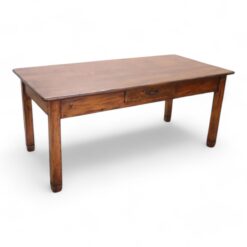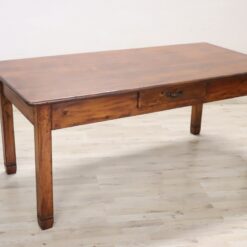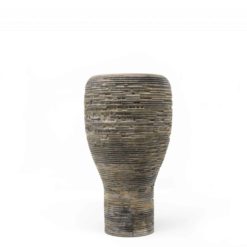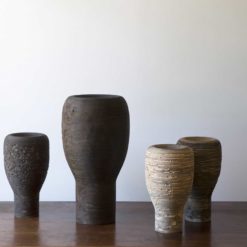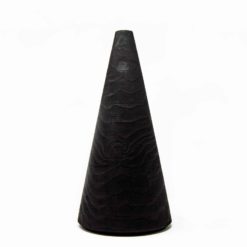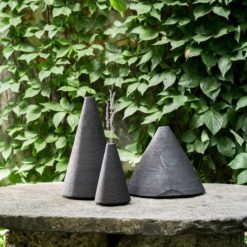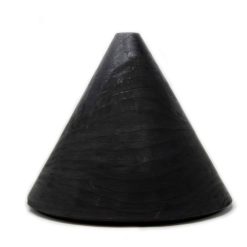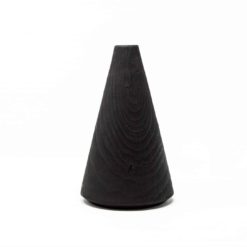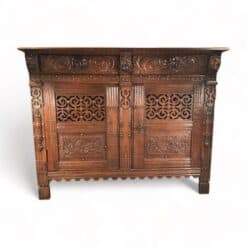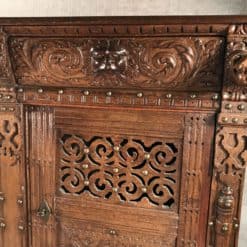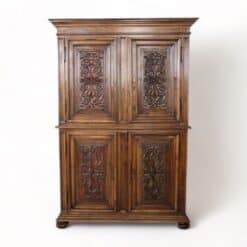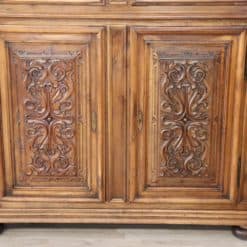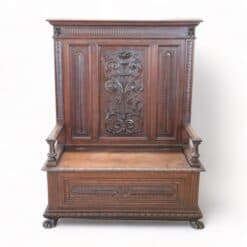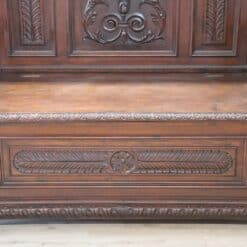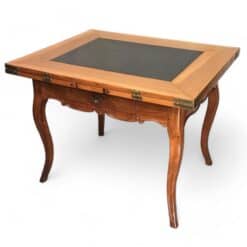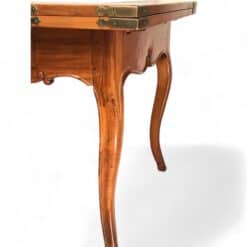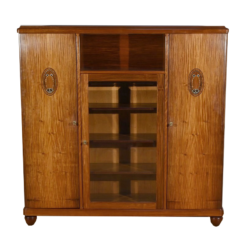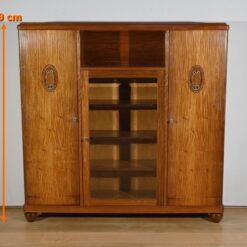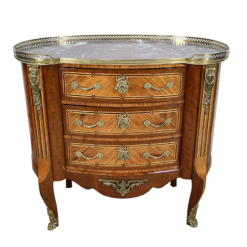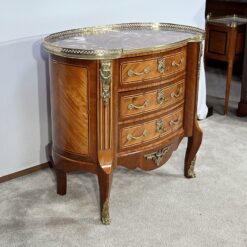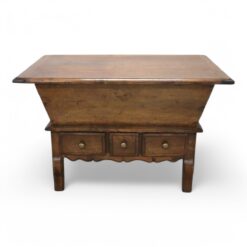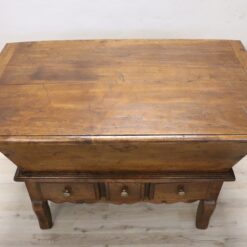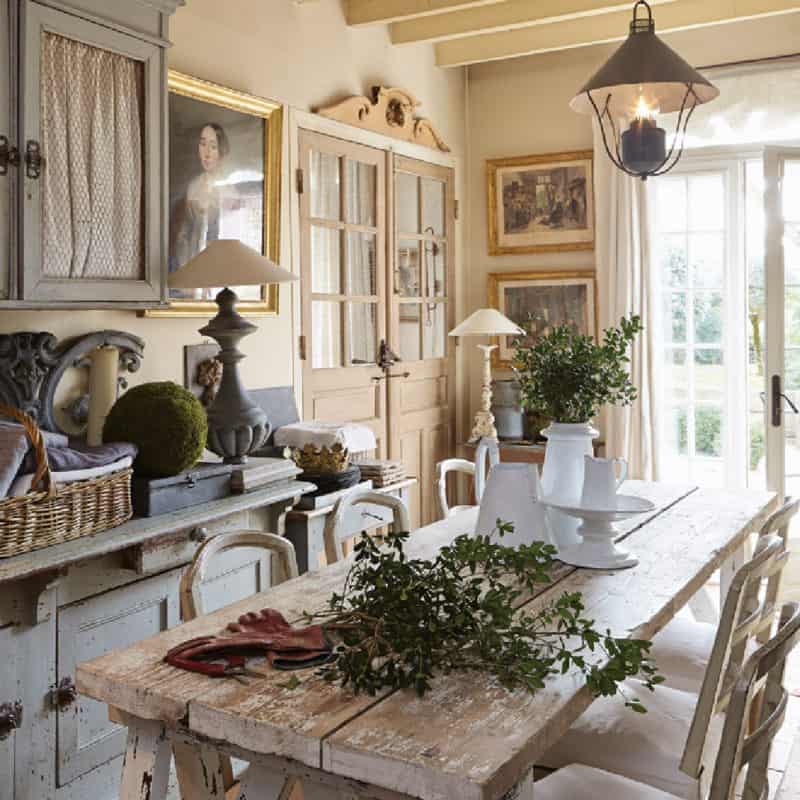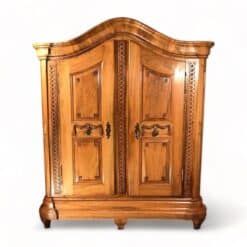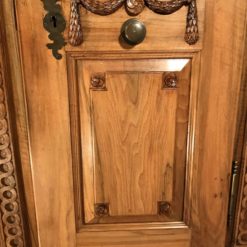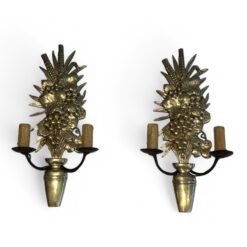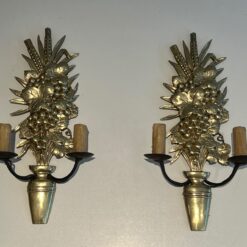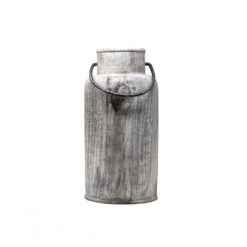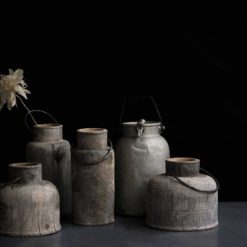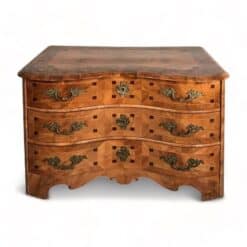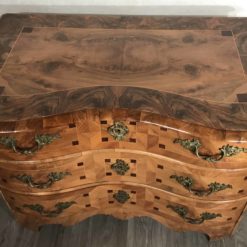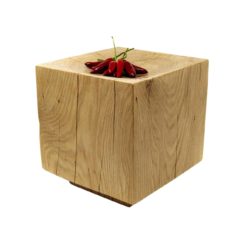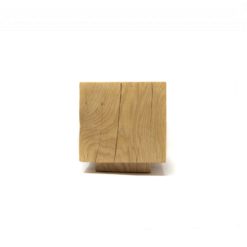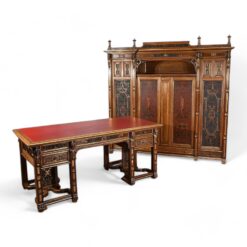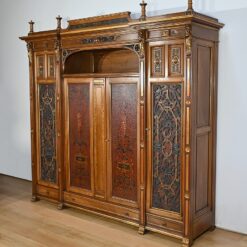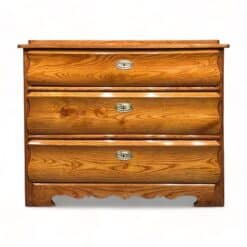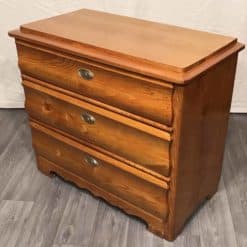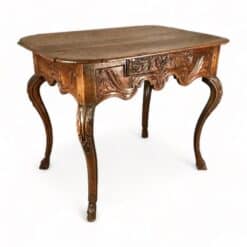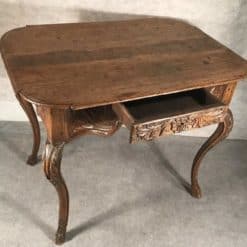Best Sellers
There is an enduring appeal to French country antiques. Also called “provincial style,” the simple, rustic elegance of the period remains popular in homes throughout the world today. It is easy to appreciate the style’s casual elegance; an effect created by rustic qualities joined with sophisticated details.
Read on to learn about the origins of the style, powered by a rustic response to regal aesthetics. Then browse our shop for the right type of treasure to add to your home.
Historical Influence of the French Monarchy
The “French Country” aesthetic first developed in the Louis XIII period, which began in 1612 with the arrival of Peter Paul Rubens’ commissioned paintings for the Luxembourg Palace. However, some attribute the French country style to King Louis XIV, who led an era of French splendor and grandeur. During this period in the late 17th century, ornate stylings bloomed, but then trickled out into more simplified designs outside of Paris.
In the 18th century, aristocratic taste became more defined by the Louis XV style. It was here that the most defined era of artistic and technical skill from furniture markers could be seen in Paris. Furniture designs were admired internationally and can be seen in museums still today.
Aspirational Living in the Countryside
Wealth in the middle class began to increase during the early 17th century, and families outside of the city gained resources. They aimed to mimic Parisian styles but continued facing the limitations of rustic life.
In the city, Baroque ruled supreme for much of the 17th and 18th centuries. Baroque pieces were theatrical, ornately decorated, and lavish.
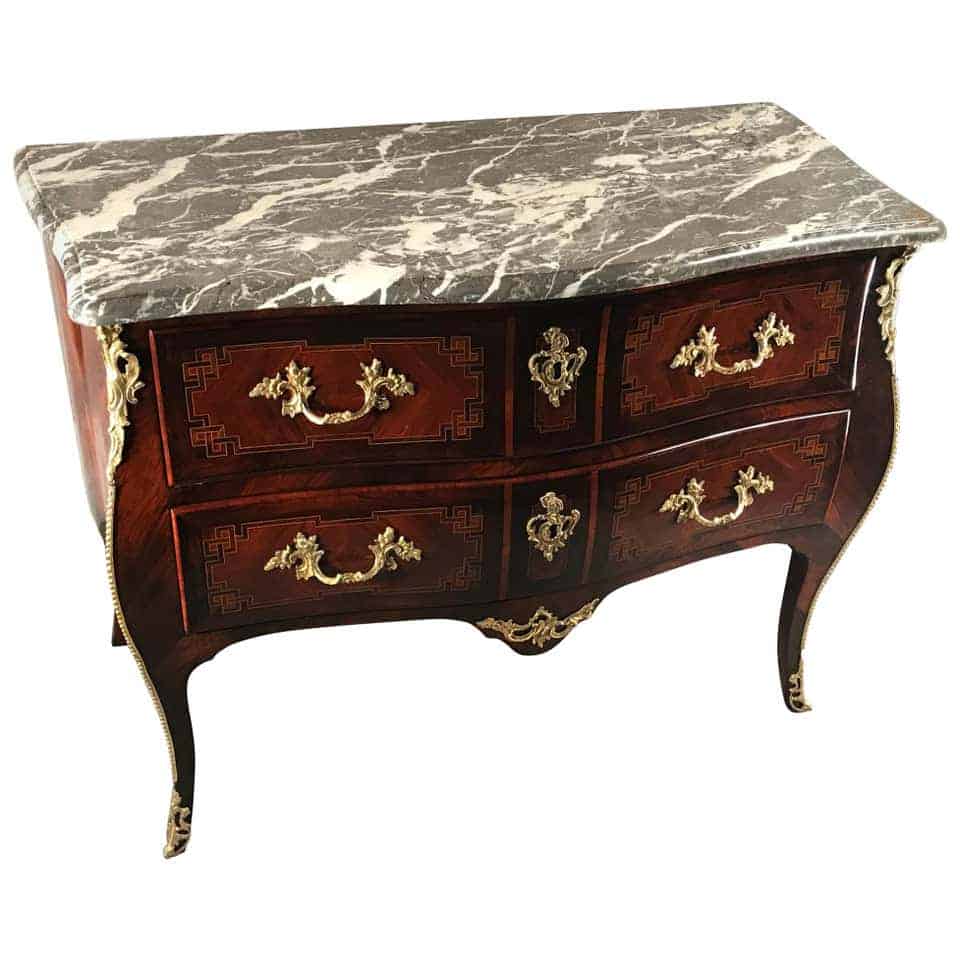
In this Baroque Dresser, we find strong bronze furnishings, a deep Kingwood veneer, and a marble top. This dresser communicated clear wealth and status at the time, and would not have been accessible to make or purchase in the countryside.
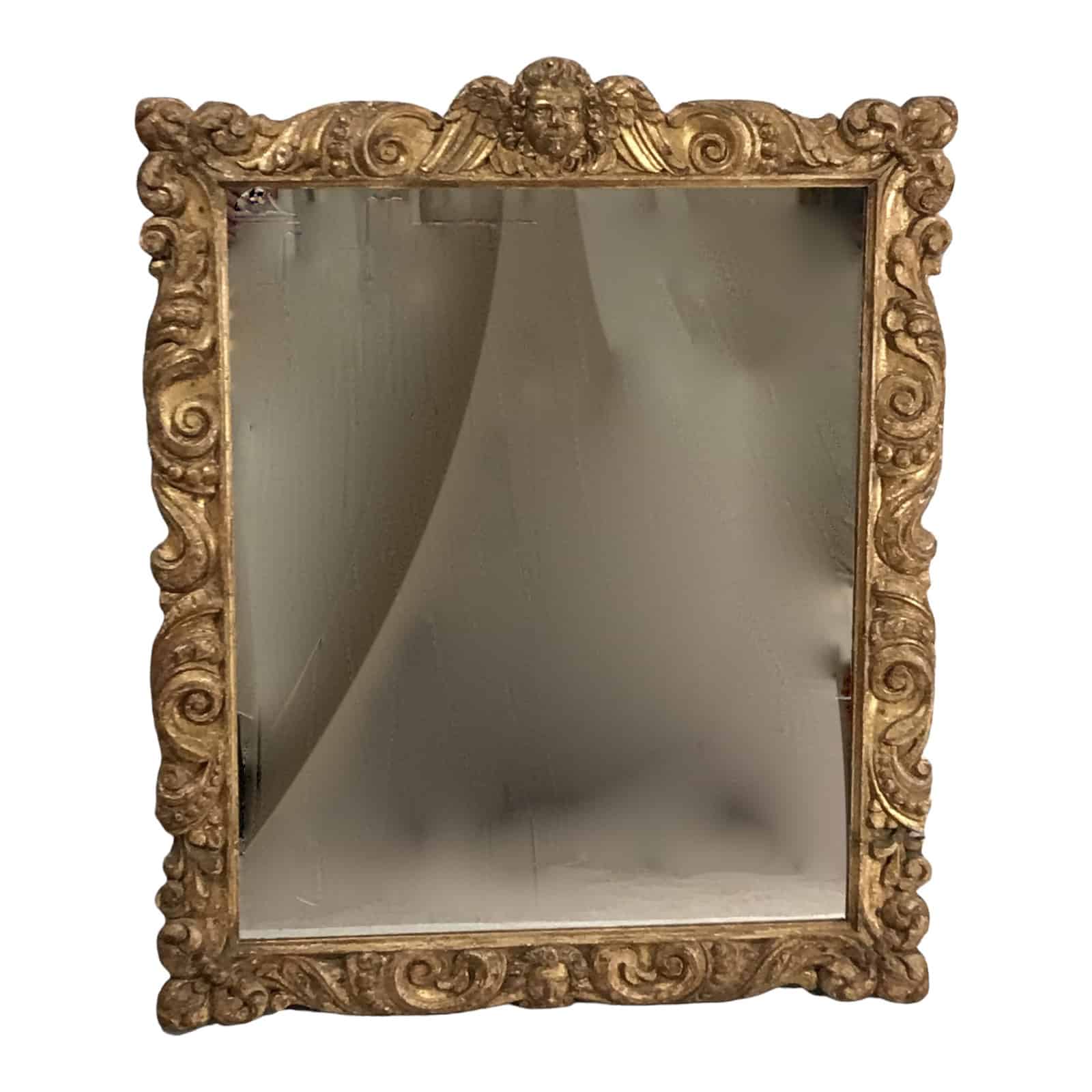
This Baroque Gilt Mirror is another stunning example of the intricate and lavish home design that may have been on display in a Parisian home. This unique and eye-catching piece would have been even more luxurious at the time.
Responding to Baroque Furniture
Out in the countryside, grand and flashy Parisian designs were simplified. For craftsmen, dues to join the Corporation de Menuisiers, the foremost Parisian furniture-making guild, were more expensive outside of Paris. Any who hoped to work at the top had to subsidize their work by creating simple designs for common people.
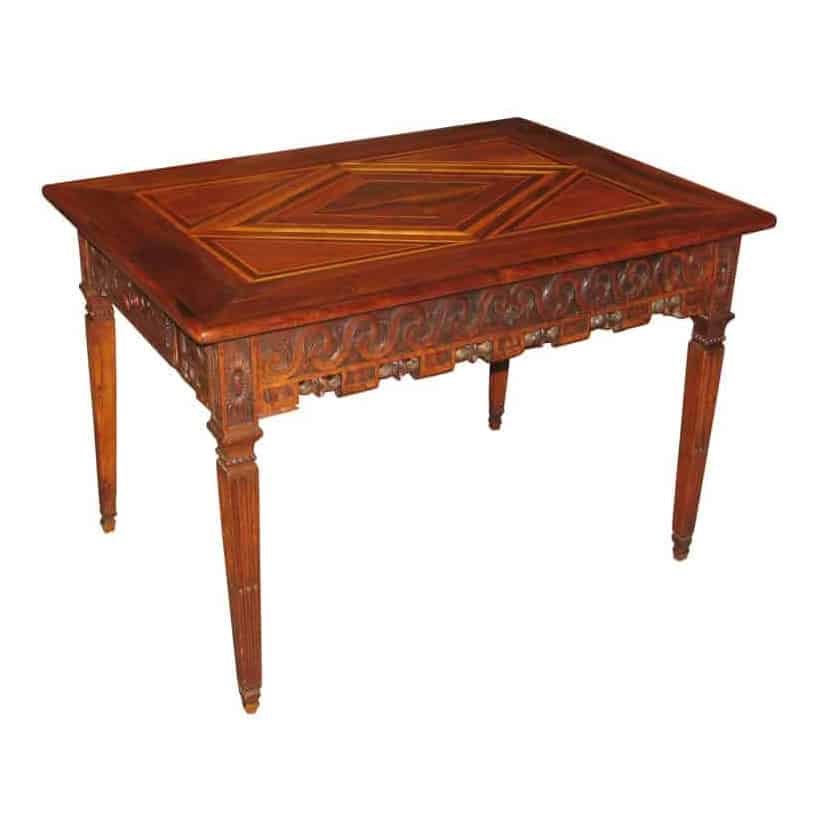
It became desirable for people in rural France to have furniture that was simultaneously fashionable and comfortable. Take this 18th Century Farm Table, which shows high levels of craftsmanship, but differs from the opulent details of other pieces of the time. The carved apron and legs reveal no lack of sophistication and skill, yet the table has an undeniable rustic feel. It remains the ideal place to share a meal with loved ones.
French Country Antiques: A Lesson in Curating
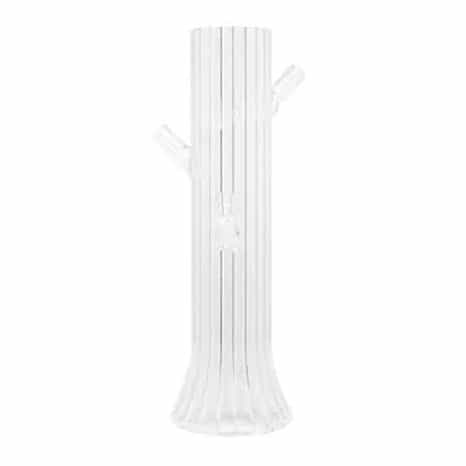
French country decor, in its earliest stages, relied on blending styles from multiple time periods, mixing materials and vintage. Later, the style became recognizable as a more softened and accessible version of designs crafted in Paris. It was common in the countryside to find slightly worn materials and simpler designs.
Today, part of the country antique appeal is to use vintage items from across eras, mixed with newer innovations. This can be viewed almost as a return to the way that French country decor started. You could channel this style in your own living room with a modern Italian hand-blown Glass Vase atop a character-filled French country antique side table. More than anything, mastering this look has always been about combining unique elements.
Beautiful Rustic Furniture Details
Country antiques departed from this extravagance. While some provincial citizens certainly idealized grandeur, the items that found their way into homes spoke to a more streamlined aesthetic. Less ornate than the preceding, urban Baroque styles, French country styles were adapted to work well for everyday living.
The strong, growing middle class aspired to have homes like those of aristocratic Paris, but with a more practical charm. Natural materials, distressed fabrics, faded woods and muted colors are common in the French country style.
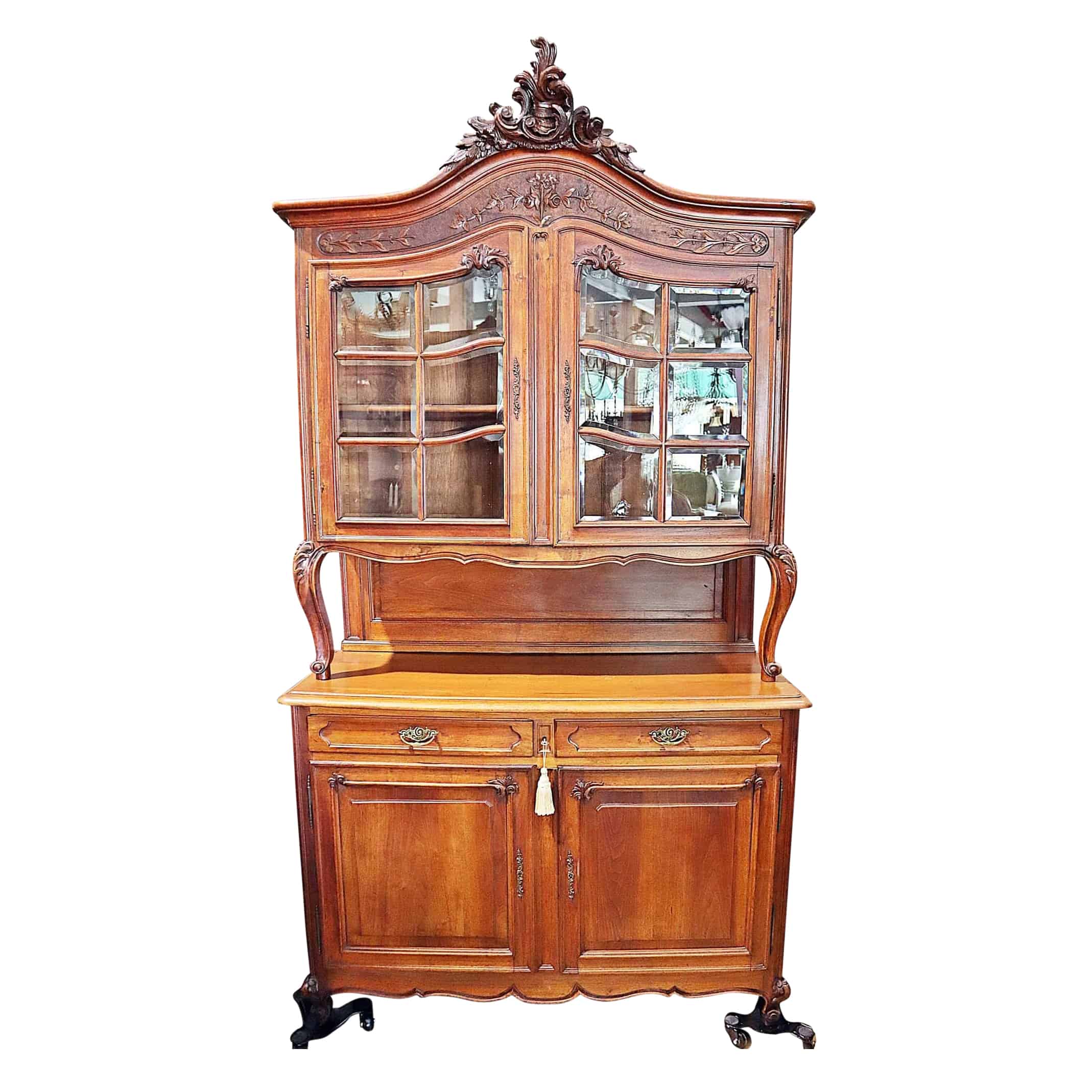
Look at this French Country Buffet, with some slight imperfections and wear only adding to its appeal. To be clear, this piece is no casual design feat. This cabinet is hand-carved out of walnut and stands over 100 inches tall, creating an opportunity to store and display all of a family’s cherished kitchenware. Even today, this item would be perfectly suited for a home inspired by French country antiques.
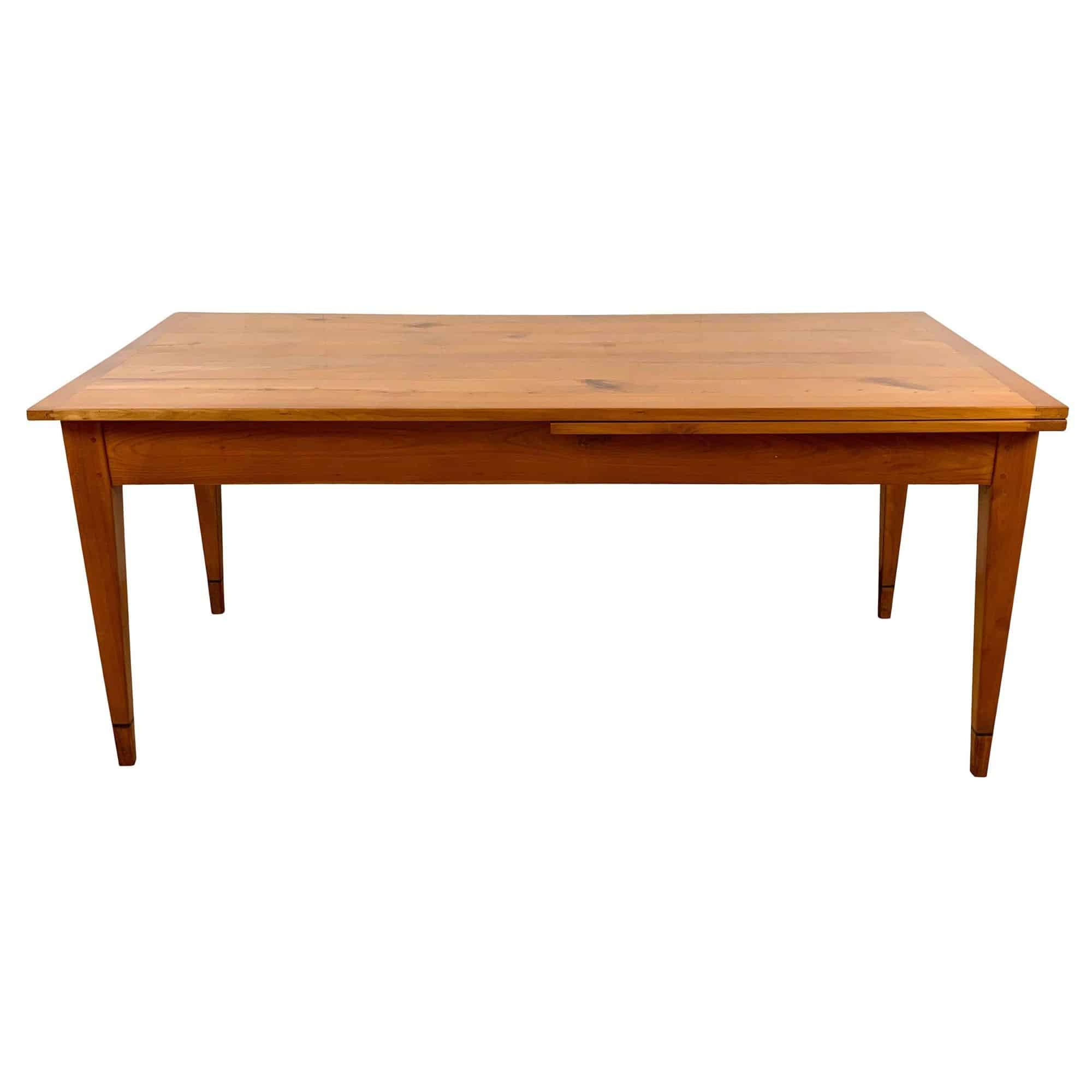
Or take this Expandable Dining Table. Solid cherry wood, hand-polished, and finished with a drawer. Simple and functional, this table can adapt to suit personal style, and showcase a delightful mix of old and new dishware.
A Showcase: French Country Antique Nightstands
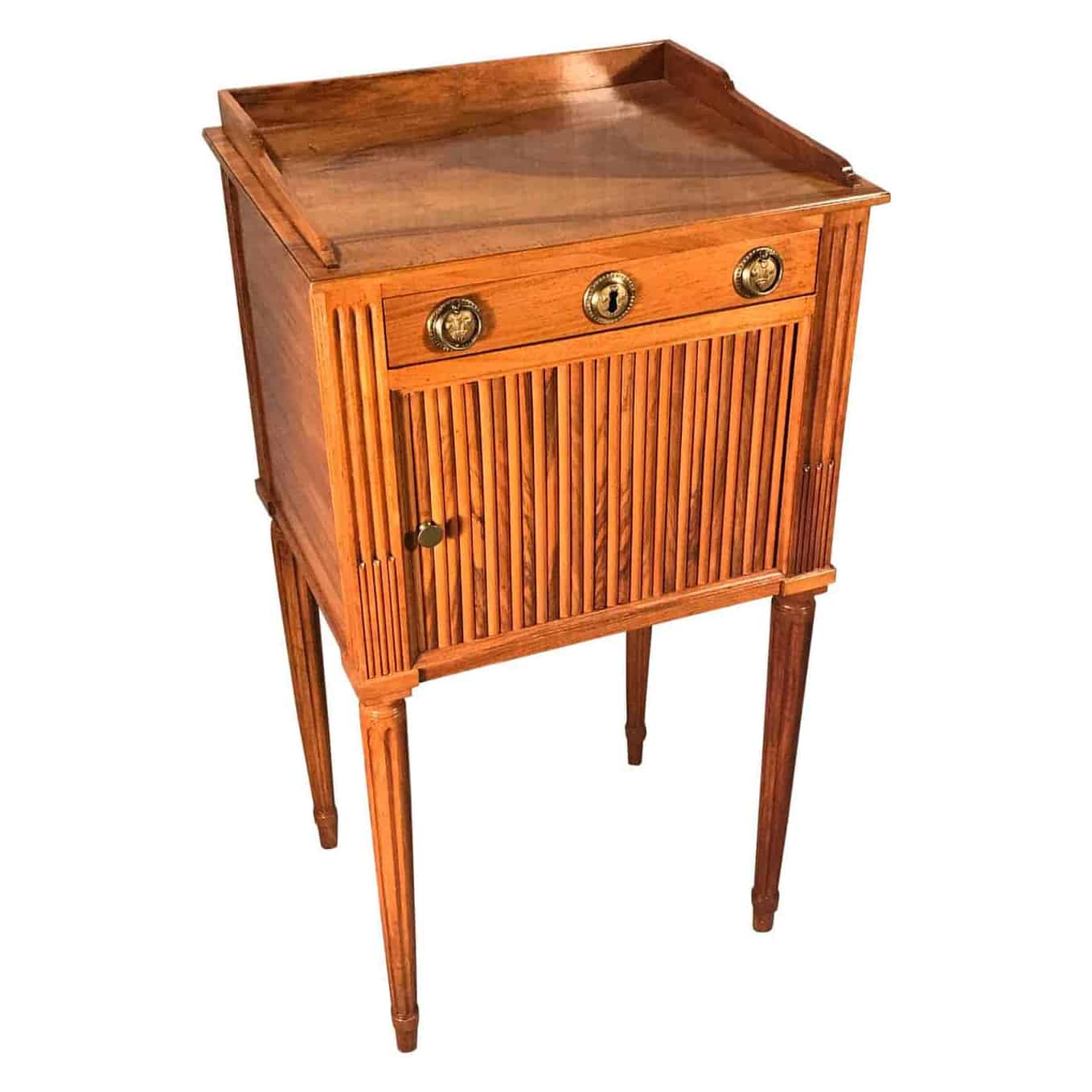
This charming Louis XVI Nightstand from provincial France is a clear example of the functional beauty of country pieces. The design is thoughtful and detailed but is not intensely decorated in the style of urban homes of the same period. A cozy warmth radiates from this nightstand, with original vintage brass hardware, beautifully maintained wood, and fluted legs.
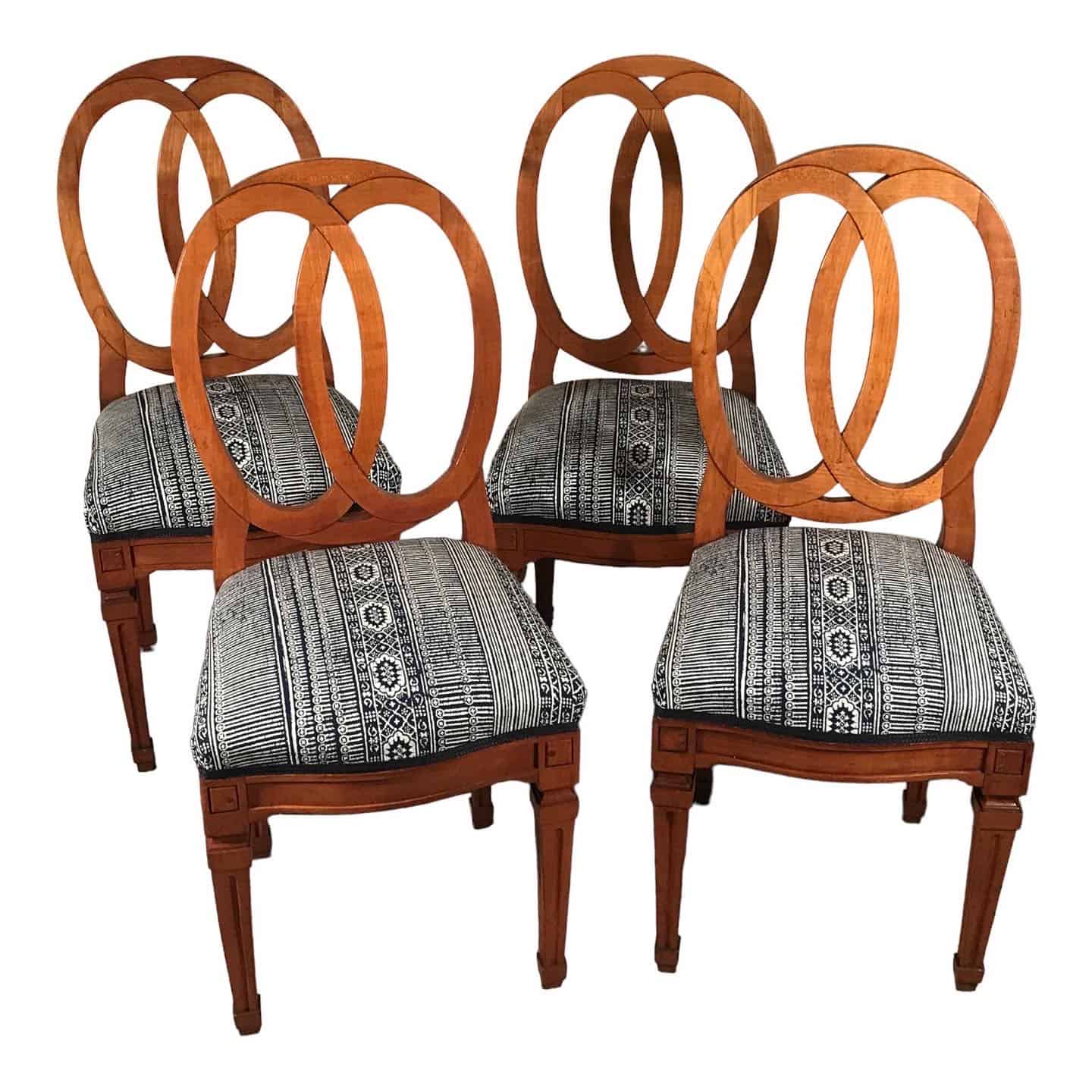
As well, marvel at this set of four French Provincial Dining Chairs dating back to the early 1800’s French countryside. They are crafted out of solid cherry wood and feature a unique Brezel design on the back. You can imagine these in a comfortable country home hundreds of years ago. But these pieces can breathe charm into a modern space as well.
Claim your Style and Achieve The French Country Aesthetic
Given all the ways that French country antique style has developed and evolved over decades, how do you go about crafting this aesthetic yourself? Don’t be afraid of functional vintage basics that have been well-maintained, regardless of era. This design style is all about using the resources you have, and honing your personal taste through juxtaposition.
Let your imagination wander in a flea market stall, and you could curate a complete set of plates from various vendors and time periods. Browse online at Styylish.com, subscribe to our newsletter, and discover a unique set of chairs, or perhaps find the courage here to reupholster your own rustic pieces.

